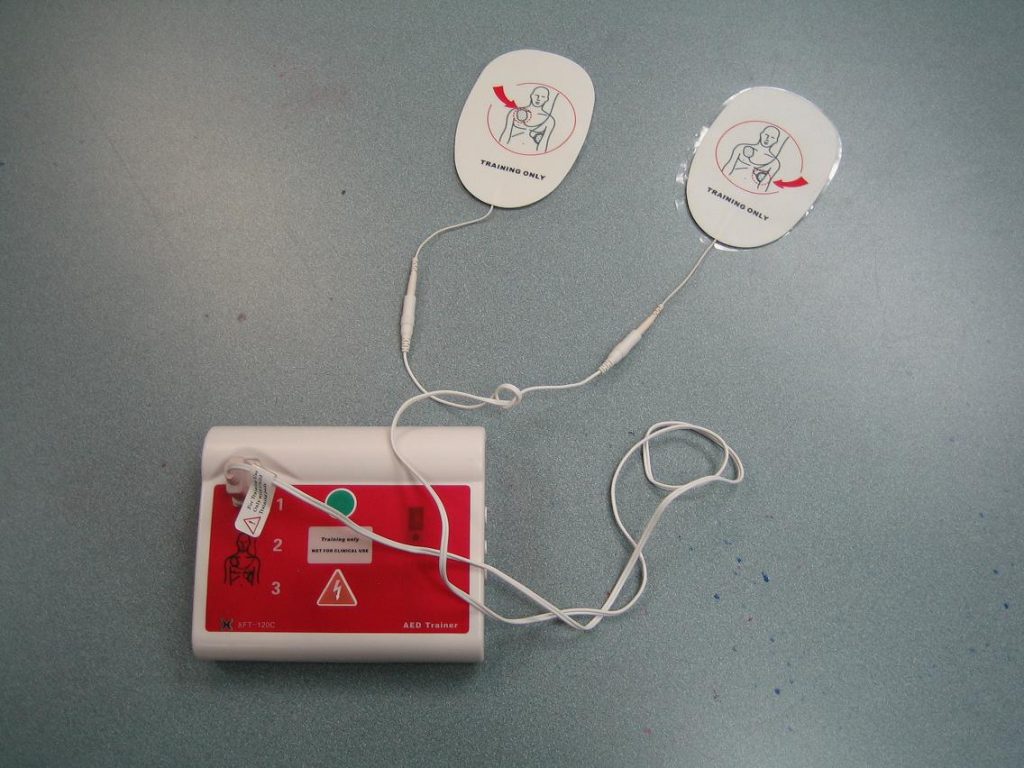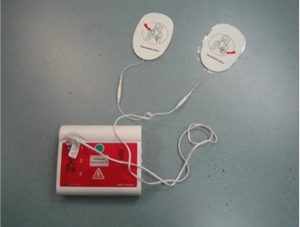During heart-related emergencies, prompt use of an AED (automated external defibrillator) can significantly improve the chances of survival. The immediate delivery of CPR and using an AED is crucial in saving lives. The family of an Alberta man is grateful for the rapid actions of an airline crew for helping save the life of their loved one.
The 73-year old Wayne Gaalaas collapsed in the Edmonton International Airport terminal after a flight from Phoenix. Luckily, a nearby flight crew noticed the incident and quickly assisted the man.
Timely assistance
A crew member from US Airways obtained a nearby defibrillator and delivered a single shock to the man. A WestJet flight attendant, Guy Fournier was quick to initiate CPR.
According to Julie Gaalaas, Wayne’s daughter-in-law, after receiving a shock from the ARD, he started to feel better shortly after. He came to and was able to talk. Upon the arrival of the ambulance, he was transported to a healthcare facility.

Marlene Gaalaas followed her husband to the healthcare facility together with their son Jeff. Initially, Jeff was not aware of what was happening when the paramedics and fire crews rushed past the gates.
According to Fournier, “at the end of the day, we simply did what we were trained to do.”
The chances of survival when an individual experiences a cardiac arrest rises to 80% after an AED is used. According to the airport officials, it was the 4th time when an AED was used to save a life at the airport since 2009. After this incident, 60 more were installed all throughout the airport to ensure easy accessibility at all times.
Importance of first aid training
Cardiopulmonary resuscitation (CPR) and using an automated external defibrillator (AED) can save a life. Prompt delivery of life-saving techniques improves the chances of survival during emergencies.
For more information about this story, click here.
LEARN MORE
Learn how to be ready for emergencies by enrolling in our CPR and AED training classes. Our courses maintain social distancing measures with reduced class sizes to maintain the minimum 2 meters apart along with the mandatory use of face masks and regular temperature checks. The venue of the courses undergoes regular, enhanced cleaning, and disinfection routines.
For more information, check out these sources:
https://www.webmd.com/heart-disease/guide/sudden-cardiac-death
https://www.healthline.com/health/first-aid/cpr#steps-for-hands–only-cpr
https://en.wikipedia.org/wiki/Automated_external_defibrillator

